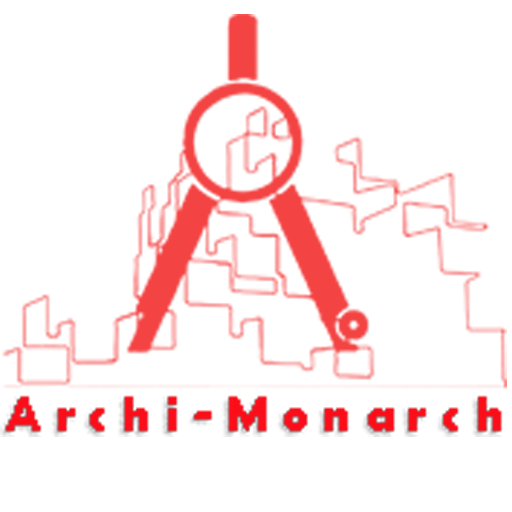A terrace garden waterproofing system is a crucial element in modern architecture, especially for buildings that incorporate rooftop gardens or green terraces.
This process involves creating a watertight layer on the roof slab to prevent water infiltration, which can damage the structural integrity of the building and cause issues like seepage, mold, and corrosion.
Waterproofing methods typically include the use of membranes (such as bituminous, liquid-applied, or synthetic membranes), protective coatings, and proper drainage systems to ensure long-term durability.
In addition to preserving the building structure, effective terrace garden waterproofing also supports healthy plant growth by maintaining optimal soil conditions without water stagnation. It is a key consideration in sustainable design, merging aesthetics with functionality and environmental consciousness.
If you want to know about the submission drawing or lift lobby and atrium detail or standard detail, please click the link.
Image of Terrace garden waterproofing detail and downloadable (in DWG) link below

Terrace garden waterproofing detail drawing – 1
In construction, a terrace garden waterproofing detail drawing is a technical illustration that shows the layered composition of materials used to protect a building’s roof slab from water ingress, while supporting a functional garden space.
Here’s a breakdown of the typical layers included in such a drawing, from bottom (roof slab) to top (vegetation):
Typical Terrace Garden Waterproofing Detail (Layer by Layer)
Structural Slab
- Reinforced concrete slab, forming the base of the terrace.
Slope Screed
- A layer of cement mortar with a slope (usually 1:100) to ensure proper water drainage.
Waterproofing Membrane
- Primary barrier against water. This could be a liquid-applied membrane, bituminous membrane, or synthetic sheet (e.g., HDPE, EPDM).
Protection Layer
- Often a screed or geotextile sheet to shield the membrane from mechanical damage.
Root Barrier Layer
- Prevents roots from penetrating the waterproofing membrane. Made from high-density polyethylene or polypropylene.
Drainage Layer
- Usually lightweight materials (gravel, porous concrete, or drainage boards) to allow excess water to flow out.
Filter Fabric
- A geotextile sheet that prevents fine soil from clogging the drainage layer.
Growing Medium (Soil Layer)
- Specially mixed soil that supports plant life and ensures proper aeration and drainage.
Vegetation
- The topmost layer, consisting of turf, plants, or shrubs depending on the design.
Drawing Notes
- The drawing would include annotations, dimensions, slopes for drainage, placement of outlets/drain pipes, and specifications for each material layer.
- Additional details may show flashing at upstands, drain detail, and edge protection.
Our tips to help you improve your architectural Terrace garden waterproofing detailing.
